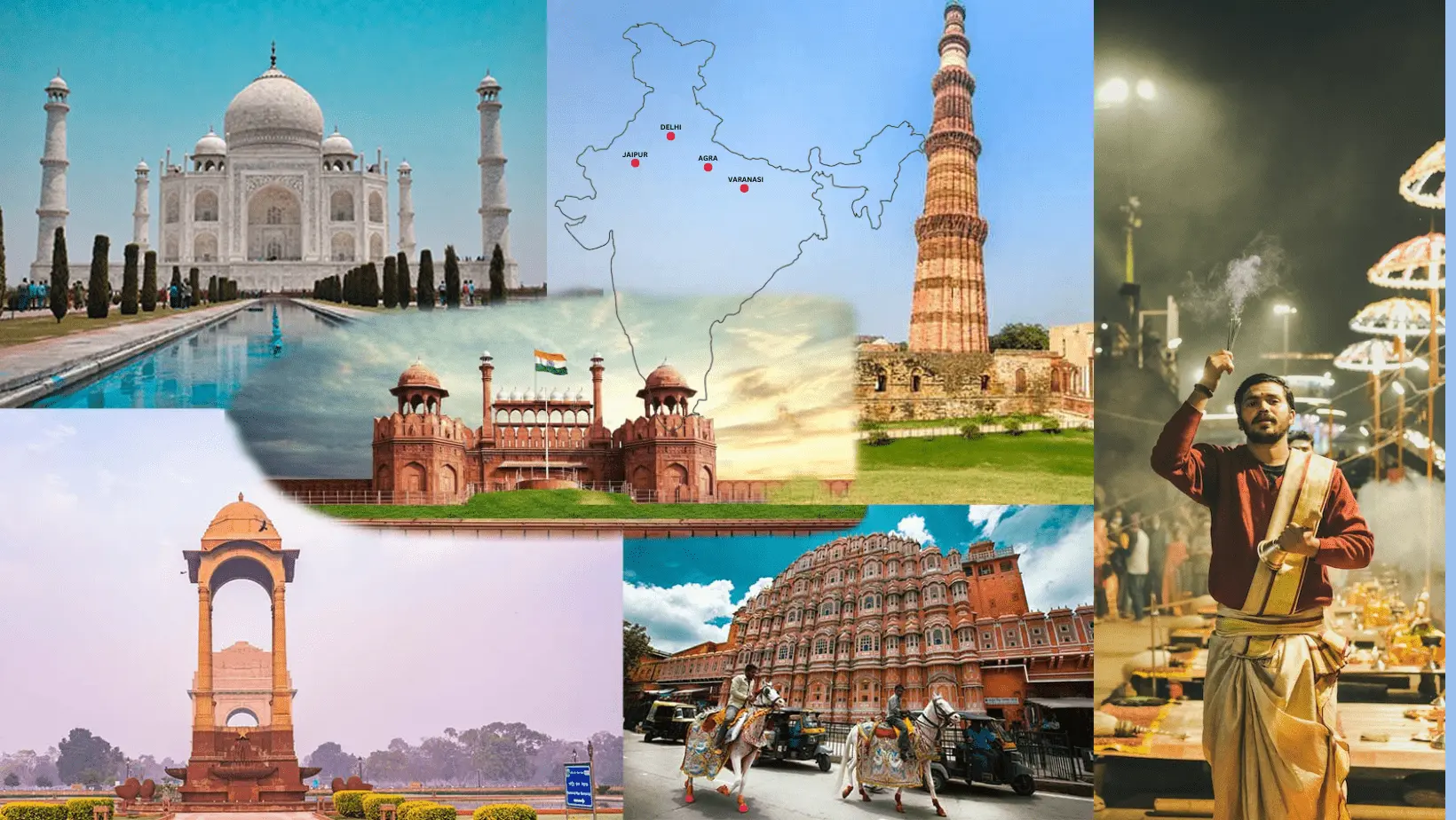EIndia offers a vast range of experiences, from vibrant cities to peaceful retreats, from historical landmarks to breathtaking natural beauty. While this makes it an exciting destination, it can also be overwhelming for first-time visitors. To help ensure a hassle-free trip, we've gathered key travel tips that will assist you every step of the way. Whether you're marveling at ancient monuments, exploring the Himalayan trails, or enjoying the coastal beauty, these tips will help make your journey more enjoyable and stress-free.
India’s diverse culture can be both fascinating and bewildering, with each region offering its own traditions, languages, and festivals. This cultural variety adds to the country’s appeal, but it’s important to approach it with respect. Be aware of local customs, especially when visiting sacred places. For example, many temples require modest clothing, and shoes must be removed before entering. By respecting these cultural differences, you'll gain a deeper connection to the local traditions and enjoy your trip to the fullest.
Maintaining your health during your travels in India is important to ensure that you can fully enjoy your trip. Food-related illnesses are common, so it’s best to drink only bottled water, avoid raw foods, and be cautious with street food. If you do want to try local dishes, go to popular vendors that are busy, as fresh food tends to be safer. The weather can also vary greatly depending on the region and season, so always carry water to stay hydrated, use sunscreen, and dress in light clothes for hot areas. Having a basic first-aid kit is advisable, and getting vaccinations for diseases such as Hepatitis A, Typhoid, and Hepatitis B before traveling is a wise precaution.

Navigating India’s diverse transportation system can be both fun and challenging. With options ranging from trains and buses to taxis and auto-rickshaws, it's essential to plan ahead. India's extensive train system is a great way to travel long distances at a reasonable cost, but be sure to book your tickets early, especially during peak seasons. In cities, you’ll find auto-rickshaws and taxis, but always confirm the fare or insist on using the meter to avoid misunderstandings. Alternatively, ride-sharing services like Uber and Ola are widely available and offer a more reliable travel option.
India is known for its varied climate, and your packing should reflect that. In the northern mountains or Himalayan regions, expect cooler temperatures, especially in winter. For tropical regions such as Kerala or Goa, light, breathable clothing is ideal. Don’t forget sunscreen, sunglasses, and a hat to protect yourself from the sun, and wear sturdy shoes if you plan to do a lot of walking. Even in warmer areas, temperatures can drop in the evening, so packing a light jacket or sweater is a good idea. Be prepared for the weather conditions of the areas you plan to visit, and pack accordingly.
While India is an affordable travel destination, managing your money properly is essential. While credit cards are accepted in larger cities and tourist spots, it's wise to carry some cash for smaller purchases or when visiting more remote areas. ATMs are available in most places, but rural areas might have limited access. Make sure you have enough cash for your trip, and always exchange your currency at authorized counters or banks for the best rates. Bargaining is a common practice in markets, so be prepared to negotiate for a better price. In restaurants and hotels, tipping 10-15% is standard.
Staying connected while traveling in India is vital for communication and navigation. Many cafes, restaurants, and hotels offer free Wi-Fi, though the connection quality may vary. To stay connected at all times, it’s advisable to purchase a local SIM card. India’s mobile network providers offer affordable prepaid plans with data and call services for tourists, making it easier to stay online. Ensure your phone is unlocked before purchasing a new SIM card, and check the available plans to find the one that suits your needs.
When traveling in India, always carry your essential documents in a safe place. A valid passport and visa are required for most international visitors, so ensure you apply for them well in advance. It's also helpful to have photocopies of your passport, visa, travel insurance, and emergency contact numbers in case of loss or theft. If you’re traveling within India, carrying a government-issued ID is also necessary as hotels may ask for it during check-in. Also, stay updated on any changes in local regulations, such as COVID-19 travel restrictions, to ensure a smooth trip.
India is a year-round destination, but the ideal time to visit largely depends on which part of the country you're exploring. The period between October and March is the best time to visit for most regions, as the weather is pleasant and comfortable for sightseeing. Avoid the summer months (April to June) if possible, as they can be extremely hot in many areas. However, if you’re visiting the Himalayan regions or coastal areas like Goa, different seasons may be more favorable, so be sure to plan according to your destination.